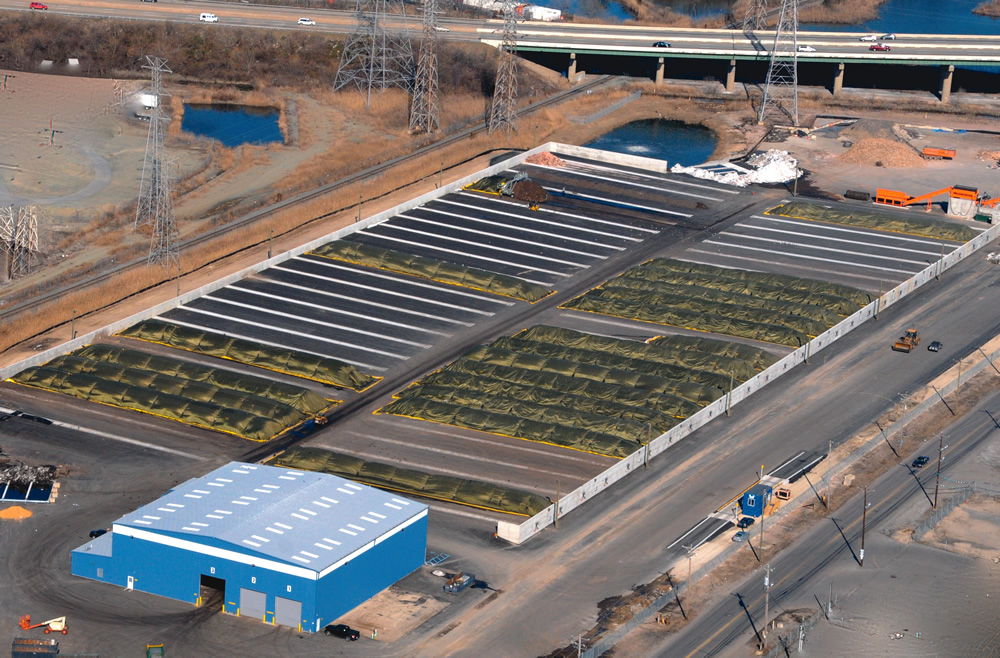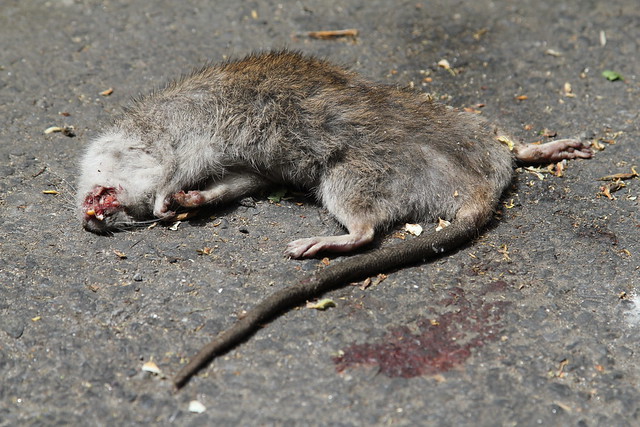Manhattan’s East 91st Street Marine Transfer Station has long divided people into two camps.
via Mayoral candidates weigh in on East 91st Street Marine Transfer Station.


Manhattan’s East 91st Street Marine Transfer Station has long divided people into two camps.
via Mayoral candidates weigh in on East 91st Street Marine Transfer Station.

This pilot program is really cool. Adding a new food waste stream may contribute decreasing rat population in New York City.
—–
Mayor Michael R. Bloomberg, who has tried to curb soda consumption, ban smoking in parks and encourage bike riding, is taking on a new cause: requiring New Yorkers to separate their food scraps for composting.
via Bloomberg Plan Aims to Require Food Composting – NYTimes.com.
It’s a shame our organism is a burrower. GPS would be great. And the Cameras would be good too.
http://news.cnet.com/8301-17938_105-57589255-1/cat-secrets-researchers-track-50-felines-with-gps-cams/
In the evening of June 6th, 2013, we observed wild rats in Manhattan and discussed how to research the rat behavior related to food wastes in trash cans.
Waste food decomposition rate
Temperature
Rat behavior


Peninsula Composting in Wilmington, Delaware
Peninsula Composting in Wilmington, Delaware, which is where some of NYC’s source separated food waste is taken, has spare capacity of about 150 tons/day. The Peninsula facility is the largest composting facility on the East Coast. The site is permitted to take up to 550 tons/day of food waste. The 260-mile round trip to Peninsula from NYC is estimated to cost haulers $500 to $1,000 in fuel and labor costs, about 25 percent of the total cost of tipping NYC’s food waste at this site. Depreciation and overtime pay are identified as two additional costs for shipping food waste this distance.
Almost 20% of residential and street basket waste is food. Exposing food waste on the street makes hungry rats keep feeding.
Seen originally at: https://openlab.citytech.cuny.edu/seto1101sp2013

Here’s an image for you to get out of your head:
Sandy has brought a feast to their feet. New sources of food are washing out of the waterways and along flooded streets, including loads of rotting trash, other rats, pigeons, and fish. The well-fed rats will burrow beneath buildings under cover of night to establish new homes, sliding into holes as small as a half inch (1.3 centimeters)—the width of their skulls—even though their bodies can measure up to 18 inches (46 centimeters) long.